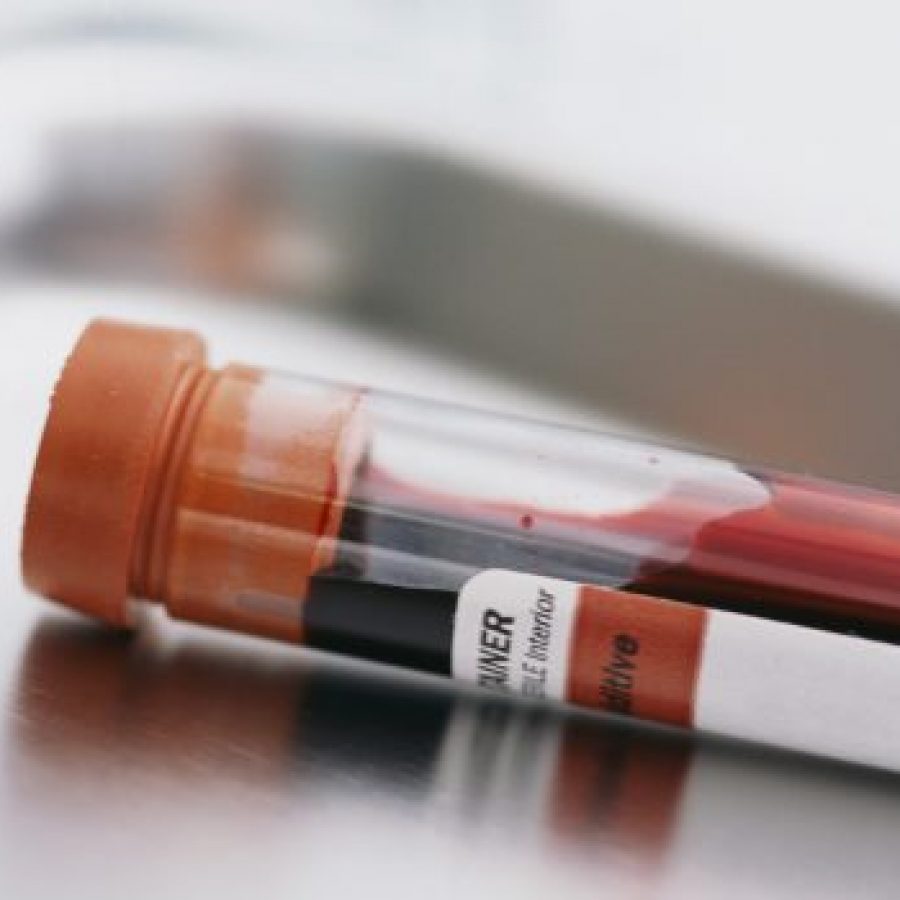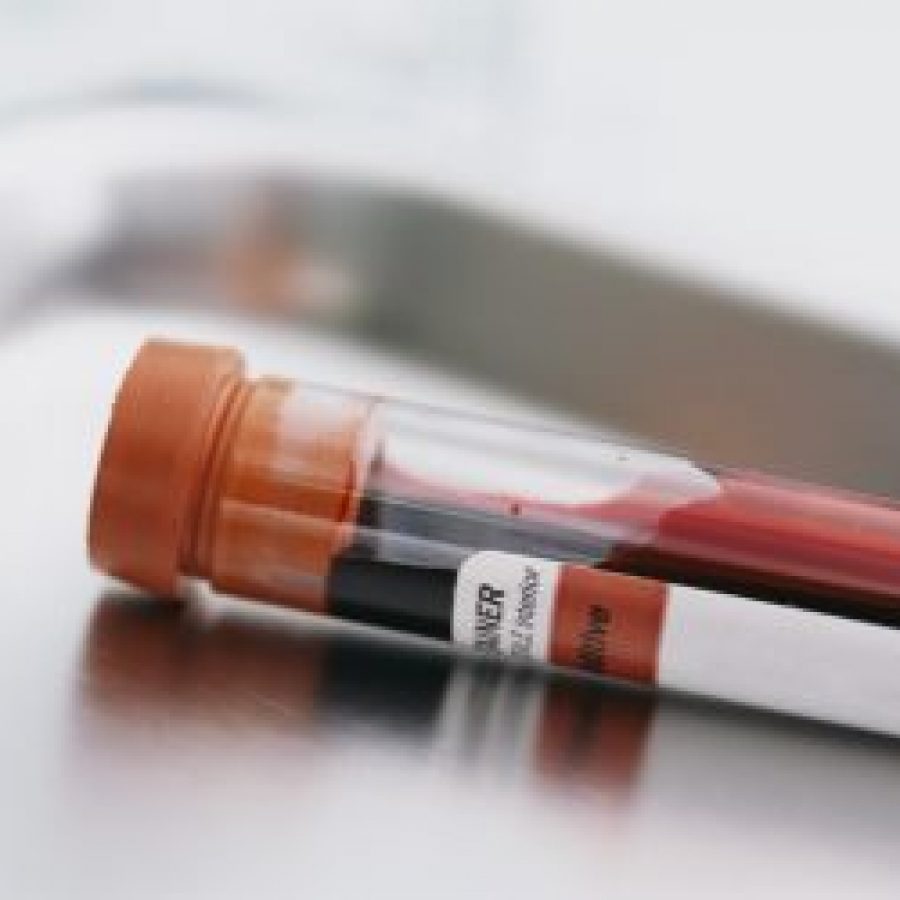Earlier this week, the news surfaced that a second man had been ‘cured’ from HIV after a stem cell transplant.
Although the London resident has been free from HIV for the last 18 months, professionals are quick to state that the treatment is risky, costly and requires a donor with HIV-resistant gene mutations, so is not a feasible treatment for HIV worldwide.
Now a third man, “Düsseldorf patient”, is also showing no signs of the virus in his body after three months. Although this is still too early to be deemed a ‘cure’, it is another step in the right direction. His case of a successful bone marrow transplant was discussed at the Conference on Retroviruses and Opportunistic Infections, Seattle.
Although unfortunately, bone marrow transplants are not a viable option for mass testing either, as the New Scientist writes:
“Bone marrow transplants can’t be used for people with HIV who don’t have cancer, because they carry considerable risks and are only used as a last resort. But the fact that the approach seems to work could point the way to other strategies for a cure”.
Transplants are done when a donor has the CCR5 mutation, but gene editing in the patient’s cells may be an option for the future.
According to Instinct, a fourth and fifth patient are also being tracked after having the bone marrow transplant, although they are yet to come off their antiviral medication.
Are we on the verge of a permanent, accessible cure?





